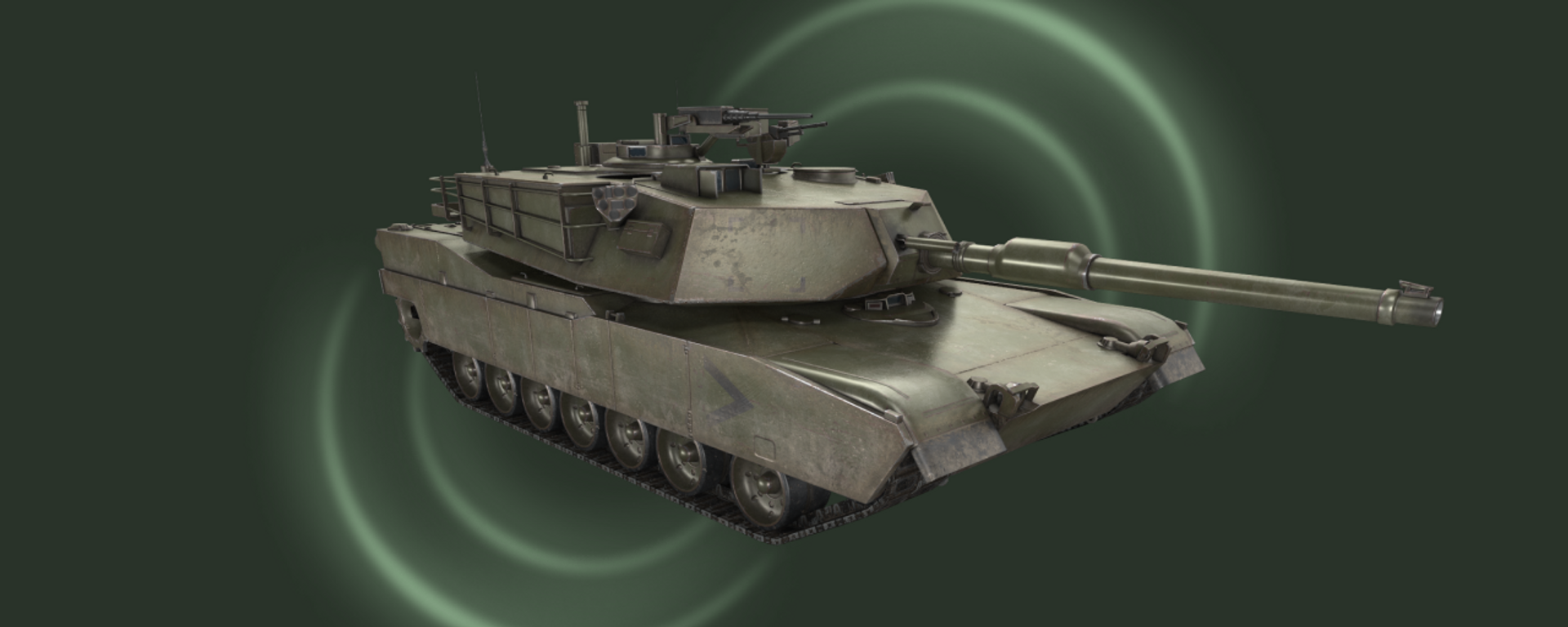Pentagon Losing Faith in Abrams?
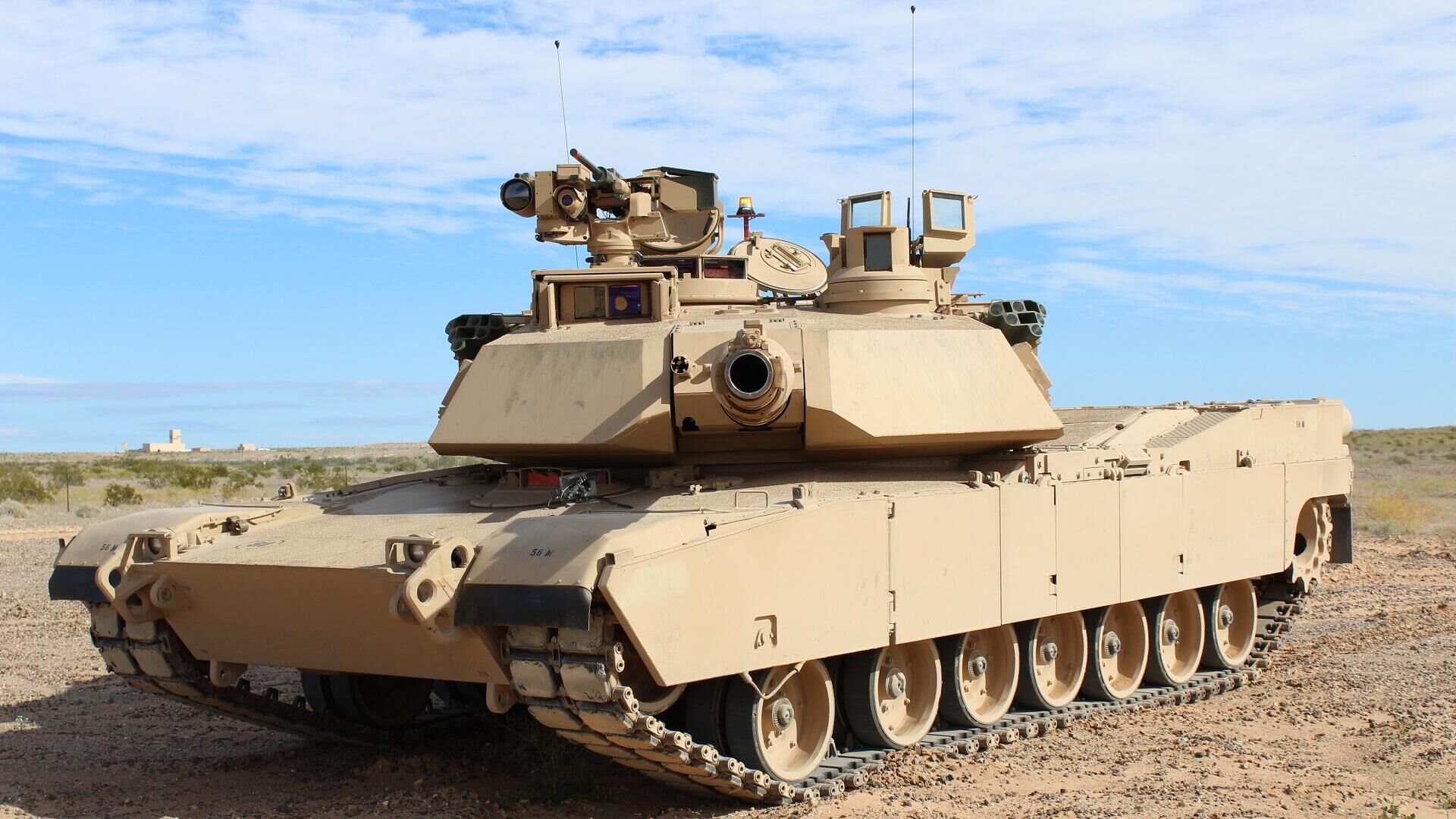
© Photo : US Army Acquisition Support Center / M1A2 SEPv3 Abrams Main Battle Tank
Subscribe
Pentagon researchers anticipate that the Abrams tank will become a lot less effective over the next two decades.
The US main battle tanks Abrams have not joined the battle in Ukraine yet, but analysts have already come up with predictions regarding their effectiveness.
A group of experts affiliated with the Pentagon concluded that the US requires a new and fundamentally different MBT.
Sputnik India reports which tank could meet this demand.
A group of experts affiliated with the Pentagon concluded that the US requires a new and fundamentally different MBT.
Sputnik India reports which tank could meet this demand.
Is the Era of Tanks Coming to an End?
The examination of recent combat operations and the large number of armored vehicles lost by the U.S. Army has stirred a conversation within the military community.
Some experts believe that we are witnessing the beginning of the tank era's end. Meanwhile, opponents argue that these vehicles will remain but must evolve. The latest report from the Army Science Board details the future development of tank construction.
An independent team of specialists in various fields, commissioned by the U.S. government, has prepared an analysis on what requirements a fifth-generation combat vehicle (5GCV) should meet in the warfare environment of the 2040s.

Members of US Army's 4th Infantry Division 3rd Brigade Combat Team 68th Armor Regiment 1st Battalion prepare to unload some Abrams battle tanks after arriving at the Gaiziunai railway station, some 110 kms (69 miles) west of the capital Vilnius, Lithuania, Friday, Feb. 10, 2017.
© AP Photo
The authors researched the armed conflicts that occurred over the past 20 years, including the Second Lebanon War in 2006 and the special operation in Ukraine. They also examined the changes in the People's Liberation Army of China (PLA).
The expert group found that in a possible upcoming armed conflict, the bulky Abrams tanks would not work well.
The recent editions of the U.S. National Security Strategy label China as America's biggest geopolitical and prospective military opponent. This reality affects the direction of American military thinking.
Are Pentagon Tanks Vulnerable?
The fighting in Nagorno-Karabakh and Ukraine has demonstrated that guided missiles, drones, barrage weapons, and anti-tank mines can easily damage heavy armored systems.
Although the Abrams tanks haven't been used yet, other Western systems like the German Leopards and Challengers have proved to be vulnerable, as Russian fighters say, they "burn well." Therefore, the Ukrainian army has no choice but to move forward on foot. American experts observed that the PLA also has many similar anti-tank systems.
China is continuing development on several promising models, while Pentagon analysts predict a rise in threats to armored vehicles. As such, it is important to select effective measures for combating anti-tank systems. The report's authors recommend taking cues from Israeli tactics, which prioritize active protection, as seen in the Merkava Mk. IV.

An Israeli soldier stands on top of a Merkava tank near the border with Syria in the Israeli-annexed Golan Heights, on November 28, 2016
© AFP 2023 JACK GUEZ
During the Second Lebanon War, around 50 Israeli tanks were damaged, and only 5 of them got destroyed. Subsequently, Merkavas had the Trophy active defense system installed, which can detect and defeat grenades and anti-tank missiles at a safe range from the vehicle and crew, which proved outstandingly effective during the 2014 Gaza operation. Despite the heavy shelling, the IDF didn't lose any "chariots."
However, the Army Science Board's report was released before Hamas attacked Israel. During the raid, the militants destroyed multiple Merkava tanks that were vulnerable to DIY attack drones. The advanced defense system proved to be ineffective.
Do Tanks Have a Future on Today's Battlefield?
Tanks now face the challenge of not only being unable to withstand modern weapons, but also of being easily spotted. Advanced technology such as drones, satellites, and sensors on the ground can locate and eliminate them with ease. The report notes that the battlefield has become significantly more porous.
Due to this, it is essential to minimize the tanks' visibility across all spectrums, including infrared, radio frequency, and optical. There is a special coating that reduces the signature of combat vehicles for thermal sensors. Also, they're experimenting with active camouflage that makes heavy vehicles less visible to the human eye.

© Photo
However, this ability to "hide" is only one part of the concept. The Scientific Council thinks that tanks can have cyber capabilities that confuse, misinform, disable command systems, and even seize control over them.
In future conflicts, time will be scarce due to vast amounts of information being processed quickly. Decisions will need to be made instantly, sometimes faster than humans can manage. As a result, experts have high expectations for the development of artificial intelligence.
Abrams: Too Heavy, Too Ineffective
The 5GCV achieves its main benefit of mobility by reducing weight. Big Western tanks, such as the modern version of Abrams that weighs 78 tonnes, cannot effectively move in thawed areas where they may be used. In simpler terms, they can get stuck in the mud, like lighter vehicles face in Ukraine.
"The war game demonstrated the value of armored vehicles to defend the island. However, it turned out that logistical difficulties would make it impossible to get U.S. combat vehicles to Taiwan in sufficient numbers in time," the report said.
Furthermore, a potential war with China would be partly fought on groups of islands, where the separated land areas demand swift movement for triumph. This necessitates lightweight gear for travel by air or sea.
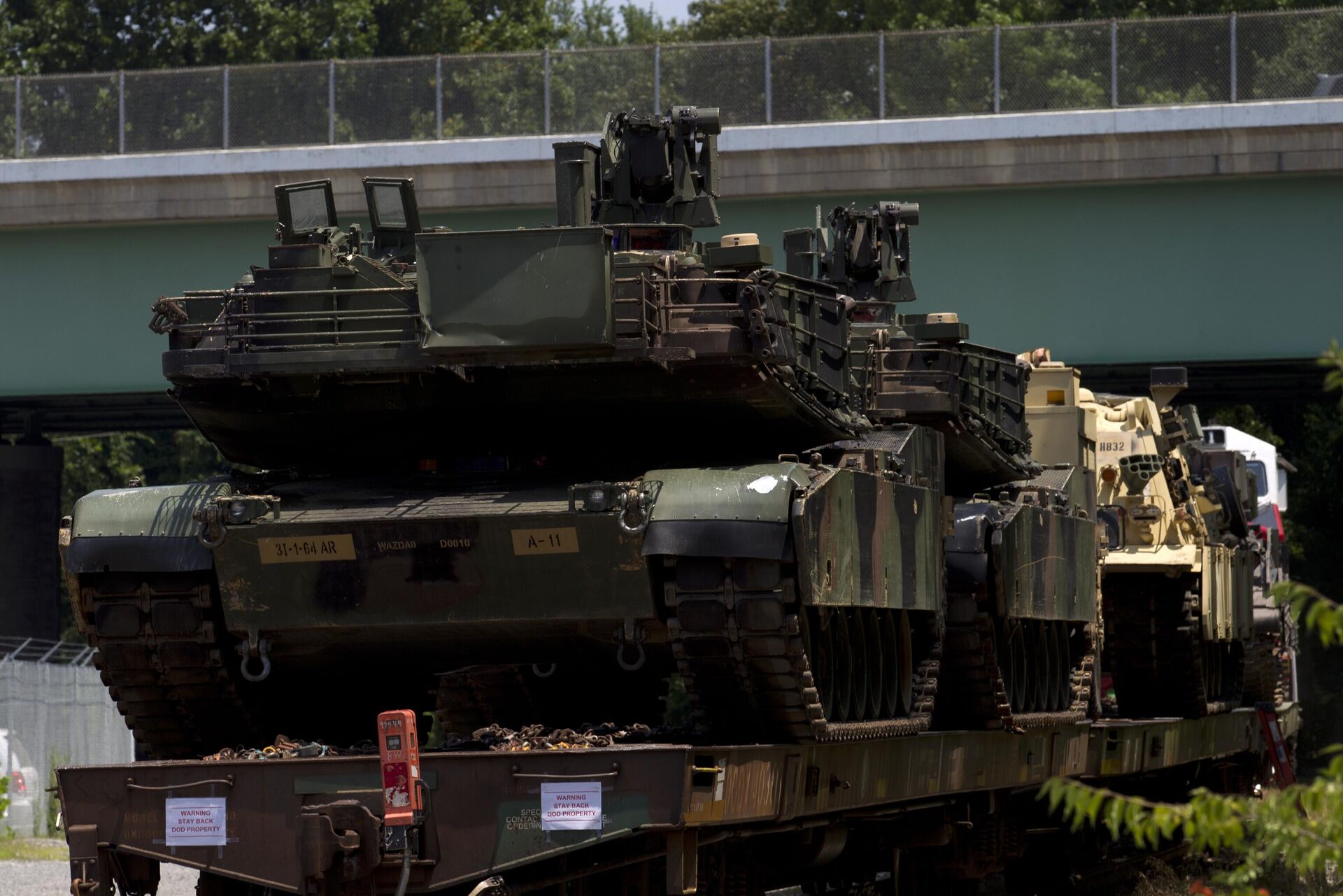
Abrams tanks are seen on a flat car in a rail yard, Tuesday, July 2, 2019, in Washington.
© AP Photo / Jose Luis Magana
Not only Abrams, but also other American armored vehicles such as the bulky Bradley and AMPVs based on them are not in line with this idea.
The U.S. Navy Marine Corps has already abandoned all its Abrams tanks and switched to more mobile strike vehicles.
Experts suggest that the ideal weight for the future MBT should be around 55-60 tonnes. This figure is still higher than that of the modern Russian tank T-90 "Breakthrough" that weighs 46 tonnes. But it is crucial not to compromise combat abilities by reducing weight. The armor needs to be sturdy and thick enough to be a protection.
As per the report, the only way to maintain or improve its protective qualities while reducing the weight of the tank is to decrease the amount of crew members. Currently, there are four crew members in the "Abrams." Additionally, certain functions done by humans ought to be automated and digitized, including AI.
New guns and more
If there is a war on the mainland, like on the Korean Peninsula, China will have the upper hand in the quantity of armored vehicles. The US Army must make up for this by boosting their firepower, according to Pentagon experts.
They suggest that instead of using 105- and 120-millimeter guns like on the Abrams, it's better to have a larger 130-millimeter barrel on new tanks. The Army Research Council states that Europe currently develops such guns, but not the United States.
Future MBTs are suggested to have missile armament in addition to the conventional cannon and machine gun. For example, ATGM (anti-tank missile) systems.
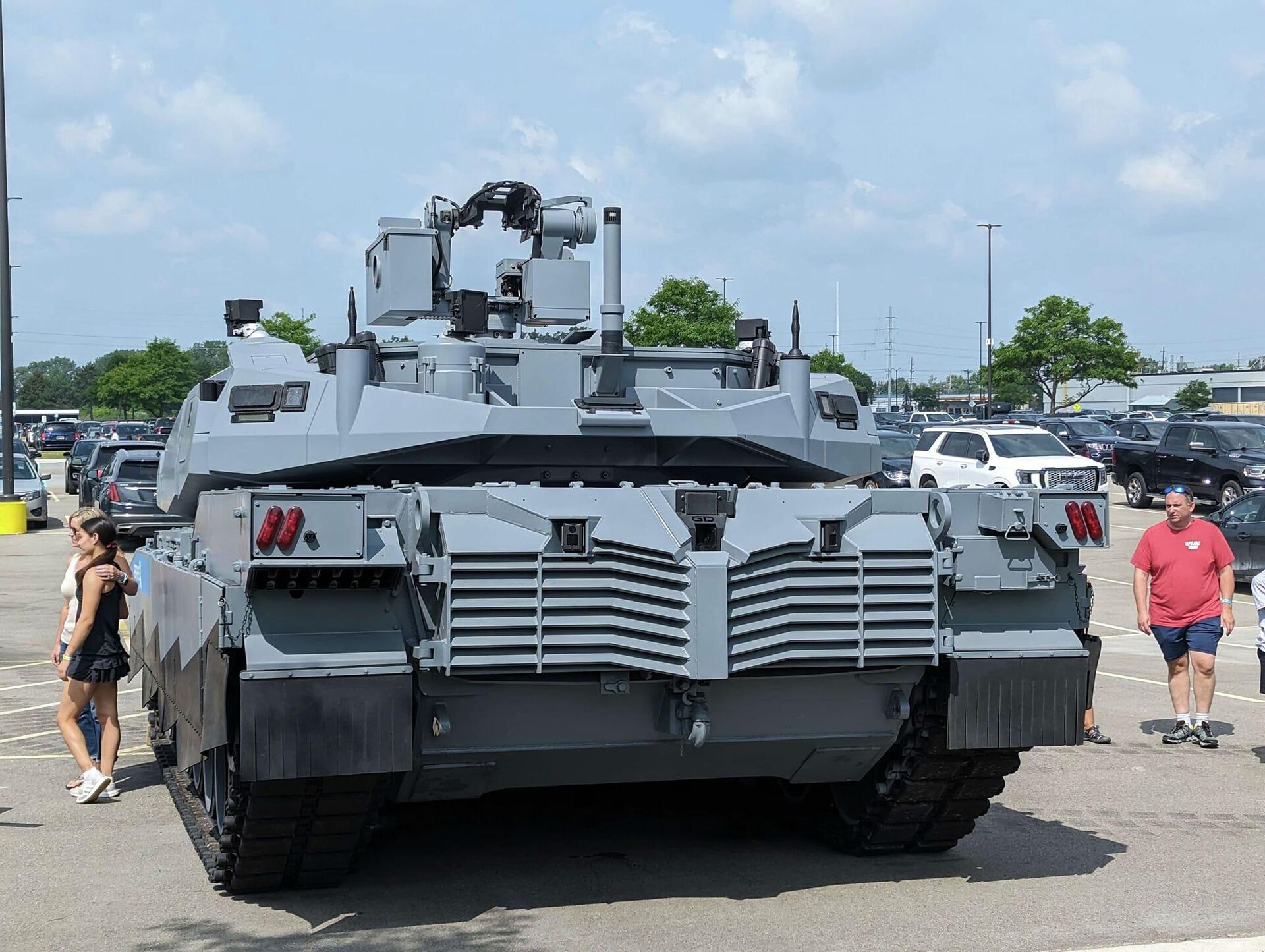
AbramsX MBT prototype.
© Photo : Twitter / @ronkainen7k15
The report presents concept images that display a low-profile vehicle with a remote-controlled combat module attached to the turret. The module includes a machine gun and a system with linked missiles.
The authors suggest that the Army should explore making a "companion-robot" weighing 20-30 tonnes. This will turn the tank into a command post for a small armored squad.
Furthermore, the Scientific Council proposes a light tank weighing 35-40 tonnes with crew.
Meanwhile, in the real world
The US military industry is already heading in the direction indicated in the report. The 38-tonne M10 Booker began operation in 2023, marking the first American combat vehicle with new design features in 40 years. Nonetheless, the U.S. Army refuses to classify it as a "light tank" and insists on referring to it as a mobile armored light infantry support system.
Work is being done to develop a versatile platform for a robotic combat vehicle. According to customers, it should have firepower that is comparable to a heavy tank, but be something between a light and medium tank. However, the project is still in its experimental stage.
The Pentagon will rely on the Abrams until a promising MBT becomes available. By 2030, significant upgrades are planned for the Abrams, including the M1E3 model, which will be lighter. The new tank is being developed based on the 59-tonne demo version of the Abrams X shown to the public in 2022. However, we don't know all the details yet.
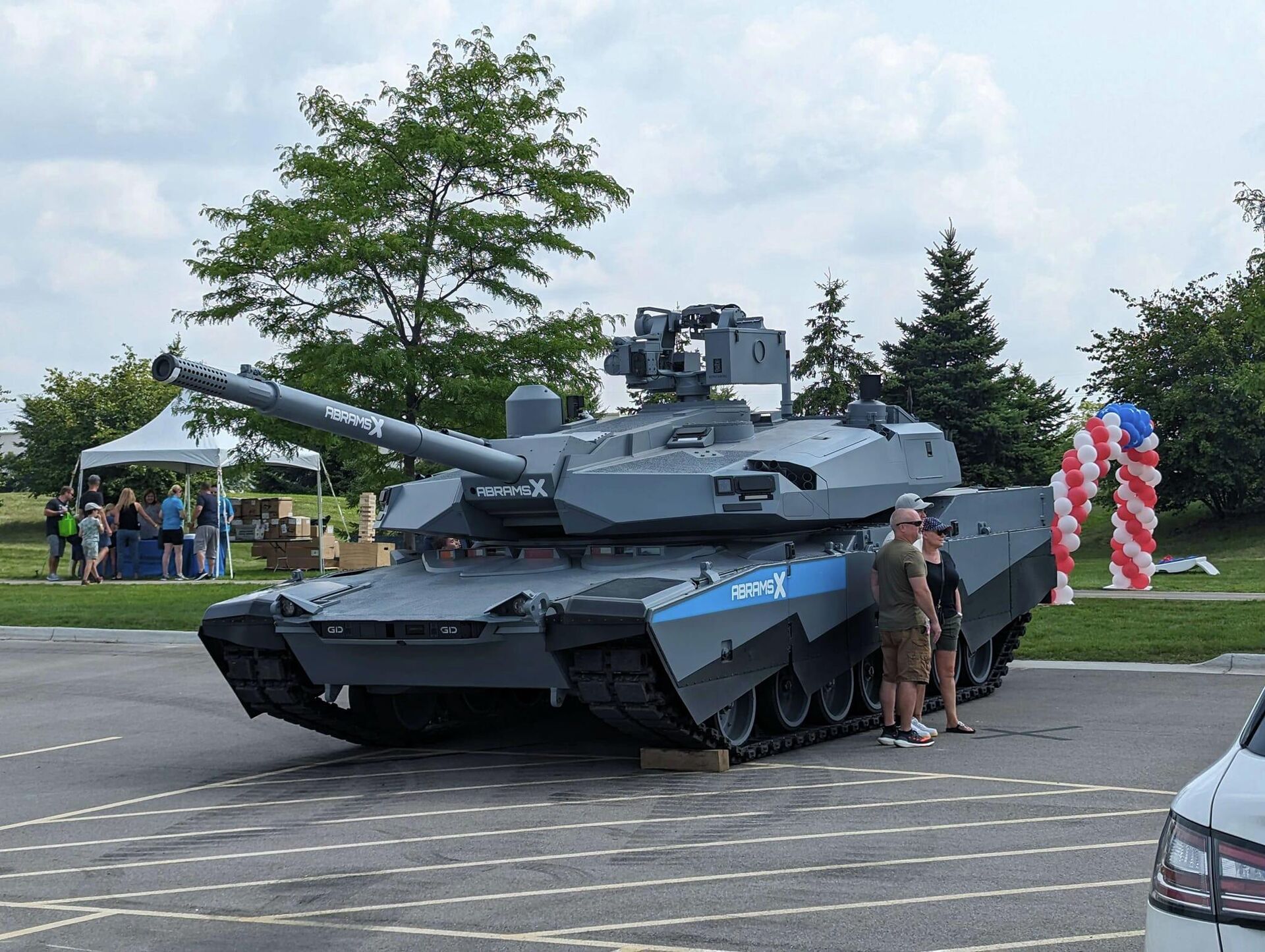
AbramsX demonstrator at GDLS Maneuver Collaboration Center in Sterling Heights.
© Photo : Twitter / @ronkainen7k15
Until the emergence of a promising MBT, the Pentagon will rely on the Abrams. By 2030, they plan to significantly modernize them. The M1E3 version will be significantly lighter. The exact characteristics are unknown, but, apparently, the development will be based on the 59-tonne demo version of the Abrams X, which was shown to the public in 2022.
It's important to remember that just because older tanks are being phased out, that doesn't necessarily mean the current U.S. MBT is bad. Military experts stress that a tank's effectiveness can only be evaluated within the context of the system it's a part of.
It's important to remember that just because older tanks are being phased out, that doesn't necessarily mean the current U.S. MBT is bad. Military experts stress that a tank's effectiveness can only be evaluated within the context of the system it's a part of.
Some experts doubted the effectiveness of sending a variety of Western vehicles to Ukraine. The Leopards, Challengers, and Abrams were designed for different combat environments and military tactics. As predicted by these skeptics, the Ukrainian counteroffensive did not accomplish much, and NATO lost many armored vehicles. And there's currently no indication that the Abrams will bring about significant changes.
